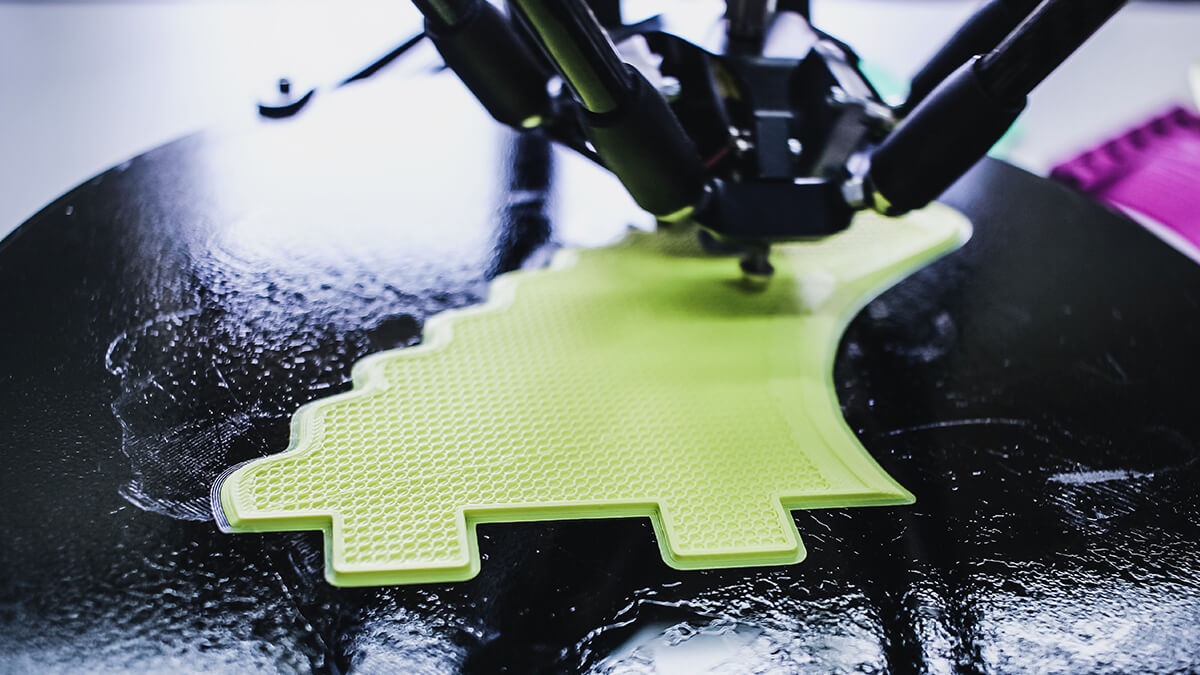3D printing is a type of additive manufacturing that subverts the thinking of scrap manufacturing in traditional industries.
What is 3D printing technology?
3D printing technology has changed the way it is produced today, from the production of simple tools and children's toys to clothing and even body parts. 3D printing is being used in all aspects of the industry, and how does it actually work?
3D printing is very similar to a regular printer, but with a slightly different. A normal printer is placed in an ink cartridge for printing. The 3D printer is connected to a spool of special printed material, such as plastic, rubber or metal, not ink. Normal printers only print text files. A 3D printer can print anything as long as you can calculate and design the data for its model. You can purchase 3D printers yourself and use modeling software to create complex 3D models. You can also create personalized 3D model drawings (such as tools or toys) on some online websites, and further, select the right materials to create your own unique objects.
Advantages of 3D printing technology
The 3D technology is to construct a 3D stereoscopic image layer by layer, and further print 3D three-dimensional objects in layers. The required production time for 3D printing is several times faster than conventional production and can be changed. There are many levels and they are widely tried to make a wide variety of objects. 3D printing technology is innovative and fun and will be widely used in the future.
With the maturity of 3D printing technology, it can change the past production limits of industrial manufacturing.







.png)






